|
|
|
![]() Assessment of esophageal pressure propagation
Assessment of esophageal pressure propagation
The assessment of esophageal pressure provides a clear view of swallowing and peristalsis occurring within the esophagus of a patient who complains of symptoms such as feeling of globs or distention in the chest, dysphagia, and/or severe chest pain.
![]()
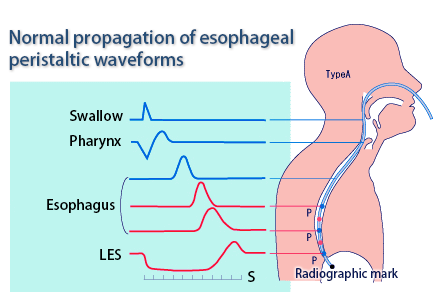
![]() Major symptoms involving esophageal pressure propagation disorder
Major symptoms involving esophageal pressure propagation disorder
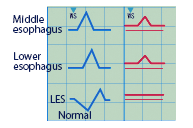
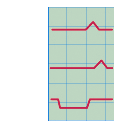
Achalasia (cardiac spasm)
No LES relaxation is observed. Both esophageal and LES pressure are high, and increased pressure can be seen concurrently with a water swallow.
GERD
Impaired esophageal motility function and a transient LES relaxation for 10 or more seconds are observed.
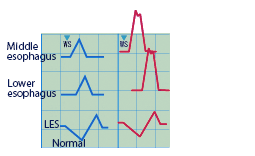
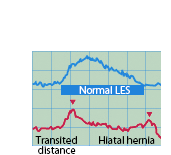
Nutcracker esophagus
Although its contractile pressure seems normal, the esophagus contracts abnormally and shows increased pressure as high as equal to or more than 200 mmHg, accompanied by severe chest pain.
Sliding hiatal hernia
Components showing the LES and the esophageal hiatus are separated to wider extent than those seen in normal LES waveforms. Internal pressure values can be measured with a sensor, which is located at the LES and then pulled through. The length of the LES itself is also elongated. Normally, LES pressure ranges from 15 to 30 mmHg, and the length of LES would be approximately 2-4 cm.



